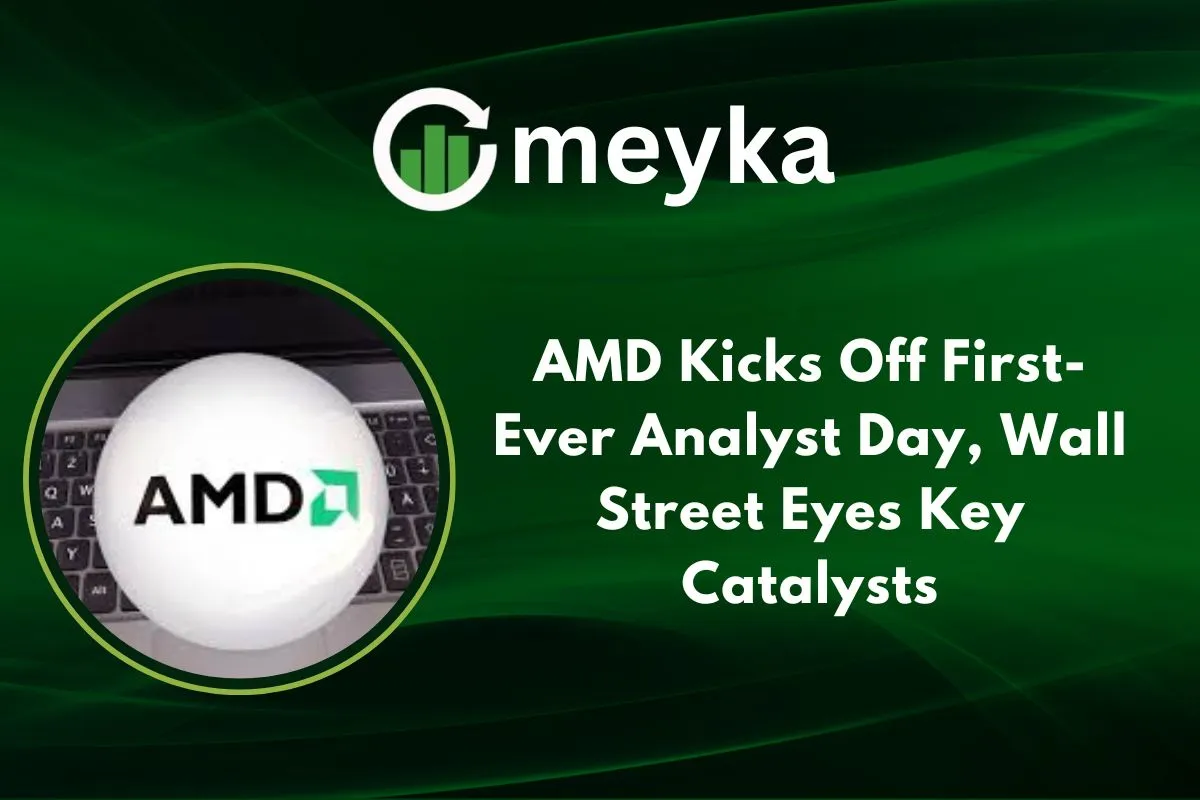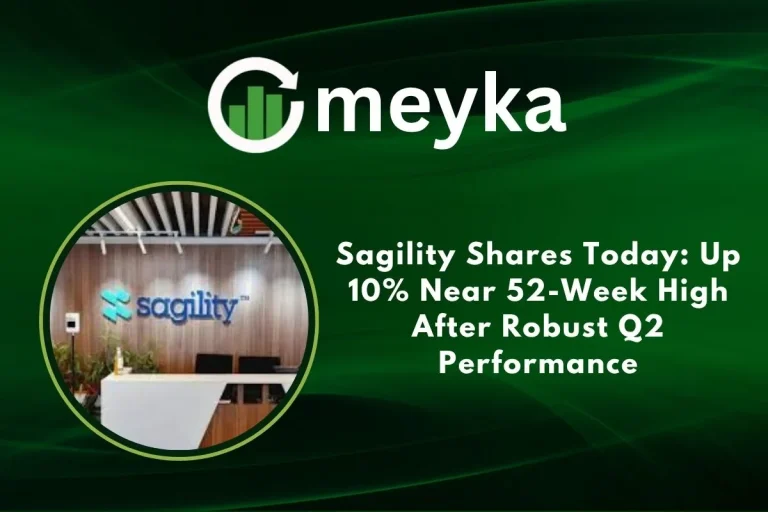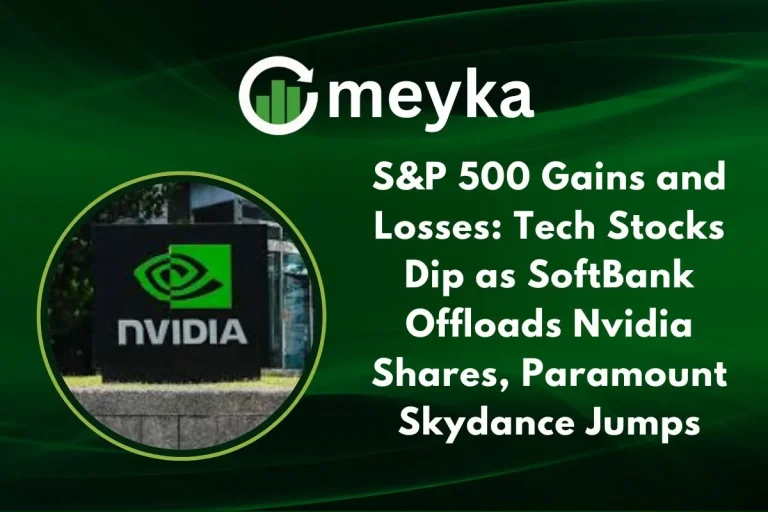AMD Kicks Off First-Ever Analyst Day, Wall Street Eyes Key Catalysts
We’re on the brink of a major moment for AMD. The company is holding its first‑ever Financial Analyst Day, a high‑profile event where it will lay out its vision, roadmaps, and growth ambitions. Analysts and investors are tuning in. They want to hear how AMD plans to ride the booming waves of artificial intelligence (AI), data centers, and high‑performance computing.
We will explain what we expect from the event, why Wall Street cares, and what key catalysts will shape AMD’s next chapter.
AMD’s Strategic Vision Unveiled
Focus on AI Acceleration
AMD is shifting gears into the AI chip race in a big way. The company is positioning itself to capture a larger share of the compute demand driven by generative AI models and cloud‑scale infrastructure. One of the most important signals: AMD has struck a multiyear deal with OpenAI to supply 6 gigawatts of GPU power over the next few years. This kind of partnership is designed to show the market that AMD isn’t just chasing; it wants to lead.
Data Center Expansion Plans
Data centres are a central pillar in AMD’s growth story. The company recently reported its data centre segment revenue at $4.3 billion, up 22% year‑over‑year. We expect AMD to talk in detail about how it will scale the server CPU business (EPYC line) and combine that with its AI accelerator strategy to capture hyperscaler orders. The upcoming Analyst Day offers a stage to tie it all together.
GPU & Accelerators Roadmap
AMD isn’t just talking CPUs; GPUs and accelerators are clearly part of the growth blueprint. The company has announced its “Helios” rack‑scale design for AI infrastructure, and upcoming MI400‑series accelerators targeting 2026. By linking the hardware (GPUs) with software (AI frameworks) and partnerships, AMD hopes to stake a larger claim in high‑growth fields like generative AI and large language model training.
Key Product & Technology Announcements
CPU Roadmap
In the PC and server space, AMD’s 5th‑Gen EPYC processors and Ryzen CPUs are pressing ahead. The company reported strong growth in its client and gaming segment, up 73% year‑over‑year. At Analyst Day, we expect updates on architectural leaps (e.g., Zen 5/Zen 6), greater chiplet integration, efficiency improvements, and margins.
AI & Machine Learning Platforms
Software matters as much as hardware. AMD is expanding its software ecosystem, developer tools, and AI stack readiness. For example, recent announcements show that major cloud providers are aligning with AMD for AI deployment. We’ll watch for disclosures on inference & training performance, how many customers are onboard, and timelines for first shipments of new accelerators.
Custom Silicon, Gaming & Edge Devices
While AI and data centre dominate the headlines, AMD still has a strong footing in gaming and embedded/edge markets. Its Radeon GPUs and semi‑custom designs for consoles and edge devices remain part of the revenue mix. The Analyst Day may offer cross‑market synergies: e.g., how edge devices with AI can feed into AMD’s larger compute ecosystem.
Financial Guidance & Growth Targets
Revenue & Margin Outlook
AMD’s Q3 2025 revenue reached $9.246 billion, up 36% year‑over‑year, while its non‑GAAP net income was $1.965 billion, a 31% increase from the same period last year. Yet some investors felt the outlook was less bold than hoped. The market will be listening for updated multi‑year growth targets, margin expansion plans, and how much of that stems from high‑margin AI/accelerator business.
Capex & R&D Strategy
Scaling into AI infrastructure means heavy investment. AMD will need to show how it plans to handle manufacturing, supply chain, chip yields, and R&D investment without eroding profitability. We expect the Analyst Day to highlight strategic investments, manufacturing partnerships, and perhaps Fab/capacity expansion.
Strategic Acquisitions & Partnerships
Key deals reinforce AMD’s ambition. The OpenAI partnership stands out (6 GW supply agreement) and sets the stage for future growth. We’ll look for details on how AMD plans to use partnerships to ramp deployment in customers and create long‑term recurring revenue streams.
Competitive Landscape
AMD vs Nvidia
Nvidia currently dominates the AI data‑centre accelerator market with 80%+ share. AMD is positioning itself as the challenger. The upcoming MI400 series and the “Helios” rack show AMD’s intent to fight back, but execution risk remains.
AMD vs Intel
In the server CPU arena, Intel still holds a lead, but AMD has been making steady gains, especially with its EPYC line. The Analyst Day will likely outline how AMD plans to accelerate that trend.
Challenges & Risks
- Dependency on foundries (e.g., TSMC) and supply chain constraints
- Competitive responses from Nvidia/Intel or emerging Chinese players
- Valuation expectations are high; missing a deadline or target could hurt sentiment. For example, some analysts said AMD’s outlook didn’t wow the market even after strong results.
Market Outlook & Upcoming Catalysts
We’re keeping an eye on several events and timelines:
- Launch of MI400 series accelerators and Helios rack in 2026
- First gigawatt deployment with OpenAI in H2 2026
- Cloud provider and hyperscaler announcements (AWS, Oracle OCI) using AMD tech
- PC / gaming market rebound: as Ryzen and Radeon refreshes hit the market, AMD’s client segment could get another boost
- Margins & revenue guidance updates during the upcoming quarters
Conclusion
In short: AMD’s first‑ever Analyst Day is shaping up to be a defining moment. We see a company with strong momentum, clear ambition, and a real shot at playing in the fastest‑growing parts of the tech industry, AI, data centre, and high‑performance computing. From the record Q3 performance to multi‑gigawatt partnerships, AMD is laying the groundwork for a new phase of growth. But the path isn’t risk‑free. Execution matters. Competition, time, and technology all pose potential hurdles. For investors and tech watchers alike, the key takeaway: AMD is no longer a niche player; it’s staking a claim for top‑tier status. We’ll be watching closely for the roadmap details, timelines, and delivery promises unleashed at Analyst Day.
FAQS
The stock slid because many investors took profits after a big run‑up. Also, the company’s guidance didn’t beat expectations, and investor worries about a possible “AI bubble” rose.
Analysts expect Advanced Micro Devices (AMD) to earn about $33 billion in total revenue in 2025, up roughly 28% from last year.
Yes, many analysts still rate AMD as a “Buy” because of its strong position in AI and data centre chips. But keep in mind risks from competition and high expectations.
Disclaimer:
The content shared by Meyka AI PTY LTD is solely for research and informational purposes. Meyka is not a financial advisory service, and the information provided should not be considered investment or trading advice.






